A group of Anglo-Saxons travelling through the Forest of Feckenham. In the north of the oak forest they come across a feld or clearing amongst the trees. Nearby is a small river, a good place to settle and build a village. They cleared high land overlooking the fertile valley of the river Rea. The farming community thrived and extended its territory to cover an area four to five miles long and three miles wide. The year is about 700AD.
Nord Feld – North Feld – Northfield
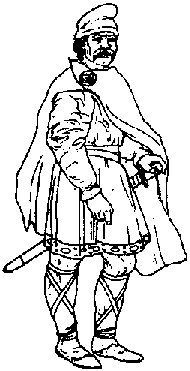
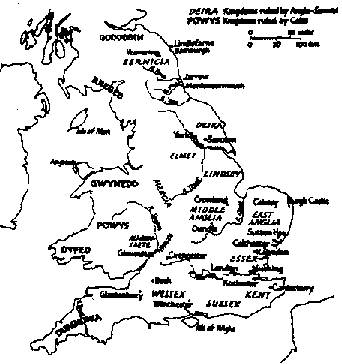
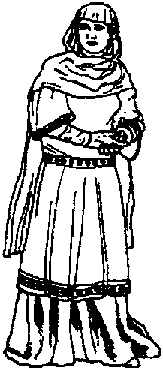
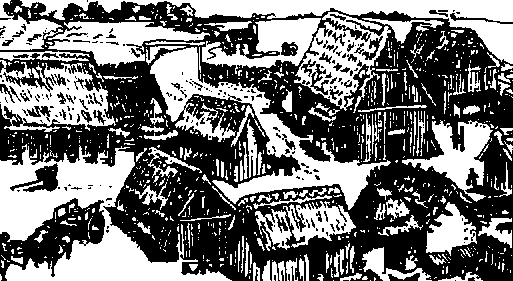
The Middle Ages
William the Conqueror is king. He replaces the Saxon Lords of the Manor with his own followers. William Fitz Ansculf, the Baron of Dudley, became the Birmingham lord. ‘Nordfeld’ was part of his rule. This parish of Nordfeld included Escelie (Selly Oak) and Welegh (Weoley Castle).
The Domesday Book shows Birmingham to have a population of 50 while Nordfeld had 160.
The Anglo-Saxons were mainly farmers but under the Norman lords trading and markets flourished.
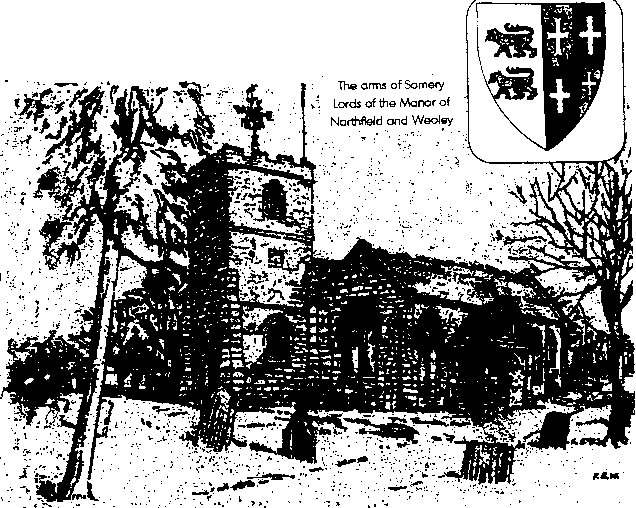
Northfield grew to be a scattered village spreading from what is now the railway station as far as Merritts Brook. On the site of the present British Legion Sports Ground was an open cast quarry of grey sandstone. This provided the stone for St. Laurence Parish Church, shown above, and also Weoley Castle, The Grange and probably a lot more buildings besides these.
The Manor of Northfield had a priest as far back as 1086 AD. The church was built by the Normans about 1000-1020. The only remains of this first stone church are the base of the tower, the Norman doorway now in the North Aisle wall and the pillars in the chancel opening. The chancel was added between 1200 and 1214 and the South Aisle 100 years later.

Tudor & Stuart times
The Great Stone Inn and Pound were built around 1520 to 1588. The original inn was built of stone and rebuilt in brick in the 17the century. The pound was built to contain stray horses and cattle and owners had to pay one penny to get them out. The inn takes its name from the large boulder which used to stand on the corner of the inn but has now been moved into the Pound.
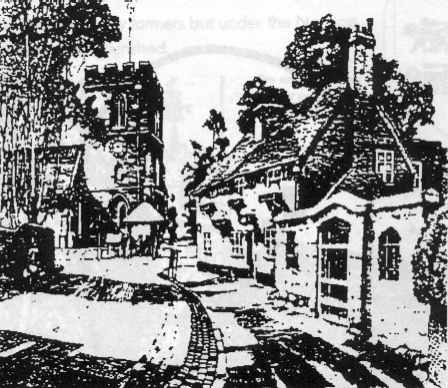
Nothing very important happened in Northfield for a long time. The village gradually grew larger with its church at the centre. Farming continued to be the main occupation. There was a gradual change as the lord of the manor become less of a feudal lord and more of a landlord. Northfield was divided into lots of small forms. By 1851 there were 52 of them.
A toll house was built in 1601 on what is now the Bristol Road. It collected tolls from the carts carrying bricks from he bridleworks on the other side of the road. Northfield cinema was built on the site of these works. In 1630 the toll house became the first haberdashers shop in the village selling sewing materials and cloth.
The 18th and 19th centuries
After about 1000 reasonably quiet and uneventful years when Northfield grew gradually larger as a peaceful farming community things began to change rapidly in the next 200 years.
Until the 18th century travel was very difficult because the roads were so poor. About 1730 the Tumpike Trust road system came into being. Two of these roads were to cross about half a mile from the centre of Northfield. One was from Halesowen to Stratford and followed the line of what is now Shenley Lane, and the other was the Birmingham to Bristol road. At the crossing point the Bell Inn was built and the centre of Northfield moved to this point. As well as the inn a blacksmiths, a corn chandlers, a workhouse, shops, houses and a village gaol were also built.
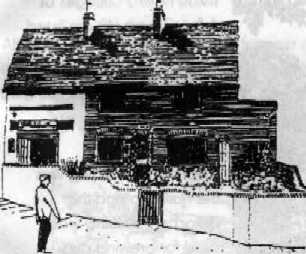
The Bell Inn has been replaced by a monstrosity of so called ‘Modern’ architecture. All that remains of this site are these buildings which are thankfully ‘listed’ and should therefore be preserved.
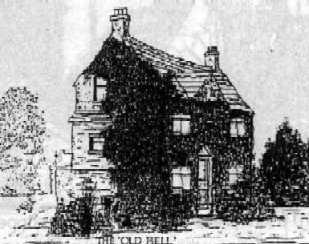
The ‘Old Bell’ gives some idea of what it must have been like in its heyday. Certainly a vast improvement on the modern design of the present Bell Inn. Is this progress?
In 1837 the St Laurence Infants School was built near to the church and was added to in 1860. In use until 1973 this is a very good example of a Victorian Church School. About this time the agricultural way of life of Northfield saw some changes. Bromsgrove and Halesowen were the centres of the nail making industry. In common with many other parishes Northfield became involved with the handmade nail trade. It was carried out as a ‘cottage industry’, often with all members of the family involved. Sometimes it was the only source of money and at others times it supplemented the income from a small holding or casual farm labour. In 1831 there were 122 nail makers in Northfield.
continued…..
The nail makers worked long hours, probably with their children as well to make up their money during hard times.
This is an extract from ‘The Story of Bromsgrove’ by W G Leadbetter in 1944.
The nailshop… where the nails were made, was also used as a general utility shed. It might be a roosting shed or a nesting place for fowl, include hutches for rabbits and a loft for pigeons, and be a storehouse for preservable vegetables. Many nailmakers, to increase their income above starvation point, used used to hatch ducklings which on Tuesdays they conveyed in wheelbarrows or homemade trucks to Bromsgrove market place for sale”.
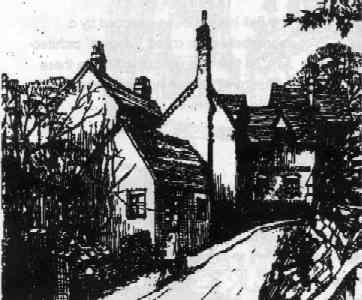
These nailers cottages at 4 & 6 Church Hill are listed buildings. Blue bricks in the gable show the builder to be ‘AJW’ and the date is ‘1750’. The lean-to building was the nailshop and the detached building was used for brewing and baking.
In 1870 a further important event was to happen to Northfield. It already had its turnpike roads but now thee industrial revolution was to really make its mark. The railway arrived. The Bristol & Birmingham Branch of the Midland Railway was opened with a station at Northfield.
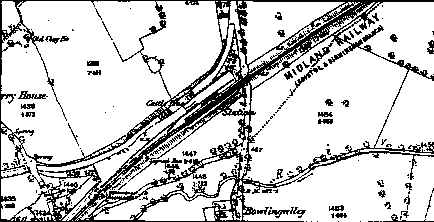
The 20th century
In 1898 the parishes of Northfield, King’s Norton and Beoley became an Urban District with it’s own Council. In 1911 the Urban District Council was ended and Northfield became part of the Municipal Borough of Birmingham.
At the beginning of the century cars and motor buses arrived and these led to major changes in the area particularly along the busy Bristol Road.
The most important event to change the shape and size of Northfield for many hundreds of years was the building of the Austin car factory at nearby Longbridge. As more and more workers were needed for the rapidly growing factory large housing estates began to be built in the 1920’s and 1930’s. Later house building between the 1950’s and 1970’s saw the last remaining green fields of Northfield disappear.
After 1,200 years, as a peaceful farming community, Northtield has now become part of the vast urban sprawl of the City of Birmingham, in the Middle Ages a village only one third the size of Northfield.
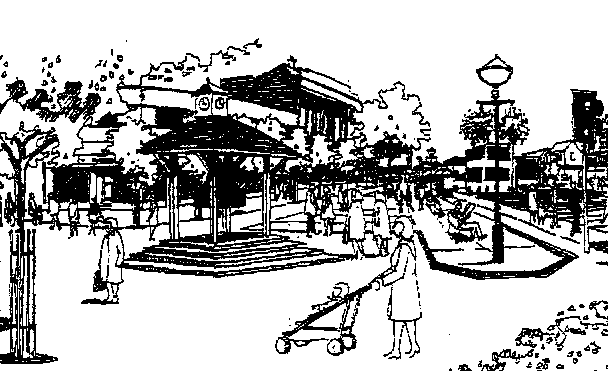
Now, as the year 2000 approaches, The City Council ‘wishes to help make this important centre an even better place by improving it’s environment, traffic conditions and the shops, services and community facilities it provides.’ There are plans to divert the Bristol Road around the centre of Northfield and after 1300 years of progress make the heart of the ‘village’ for people again by removing vehicles, creating pleasant open spaces and planting trees. It’s a funny thing progress, isn’t it!
Roads drawn for the Board of Surveyors in 1875
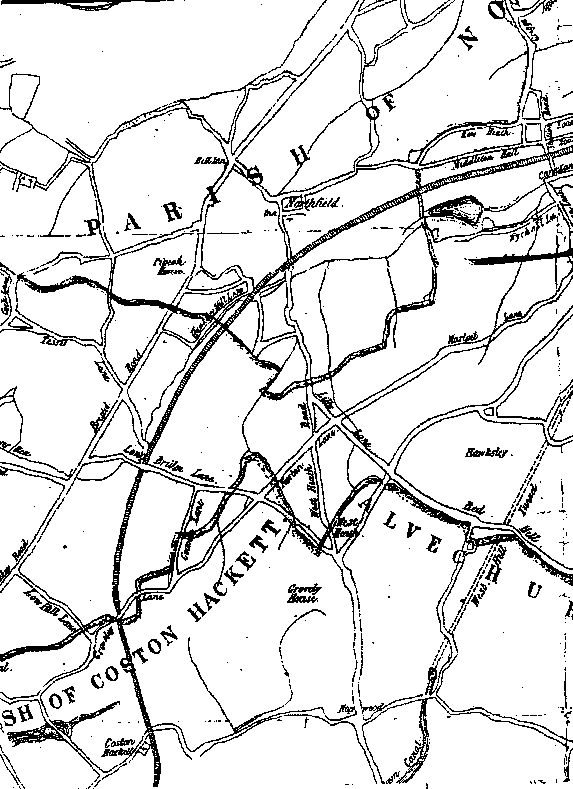
A sketch map of Northfield circa 1890 by Eryl M Walker
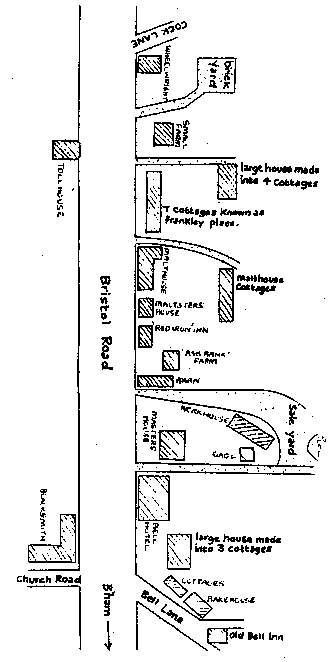
Proposed new developments put before the Town Planning Committee by the Birmingham Civic Society in January 1919.
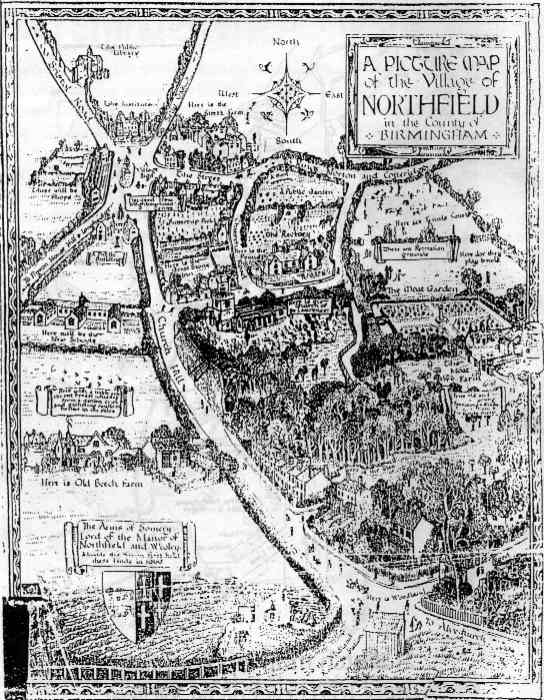
A chronology of Northfield
- Before 700 AD The Forest of Feckenham with the river Rea running nearby.
- 700 Anglo-Saxon travellers find a feld in the forest and settle there.
- 1000 Normans start building a church.
- 1086 First priest.
- 1520 Building starts on the Great Stone Inn and Pound.
- 1601 Toll House built on Bristol Road.
- 1630 Toll House becomes haberdashers shop.
- 1730 Turnpike roads built, two cross in Northfield and Old Bell coaching station built.
- 1750 Nailmakers cottages built near Great Stone Inn on Church Hill.
- 1831 122 nailmakers in Northfield.
- 1837 St Laurence Infants School built near church.
- 1870 Midland Railway arrives and station built.
- 1898 Northfield becomes part of Urban District Council. Motor cars and buses arrive.
- 1911 Northfield becomes part of Birmingham.
- 1920 House building starts in a big way.
- 1970 Around this time the last field dissapeared.
- 1973 St Laurence Infant School no longer used.
- 1994 Plans to build relief road, pedestrianise and improve shopping centre.